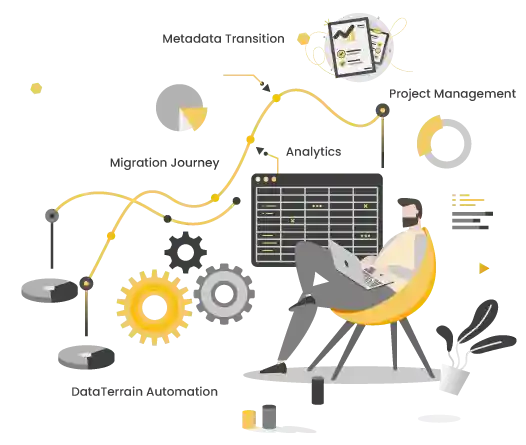


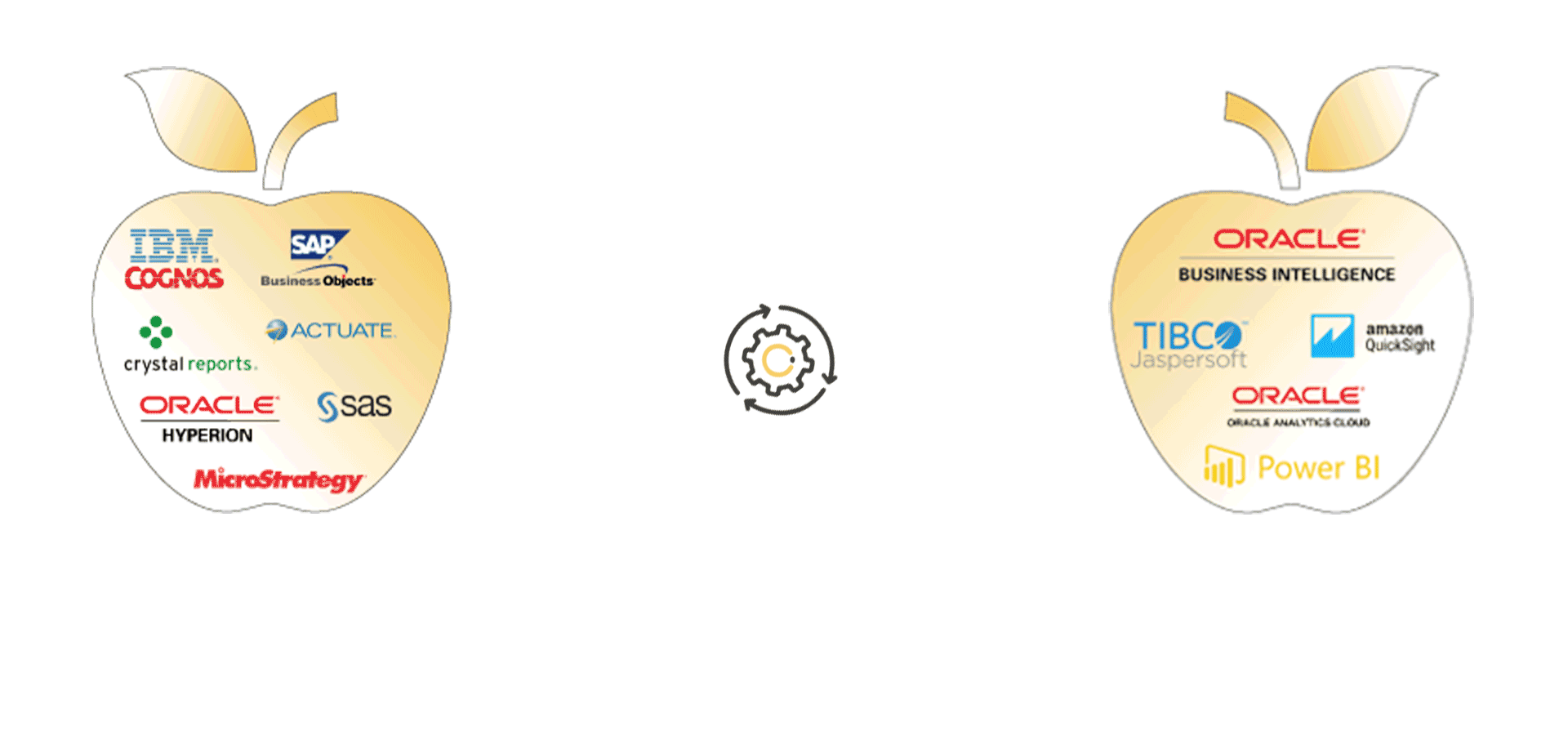
DataTerrain automation tool transports UI components like headers, footers, and page layouts, interactive UI elements like drop-down menus or sliders, and programmatic elements like embedded scripts or programs or formulas, conditional logic, APIs, data sources scheduling and delivery components, which can significantly enhance efficiency, accuracy, and consistency from any BI product to any BI product.

A structured and automated process designed for enterprise-scale BI report conversion.
The BI migration tool begins by evaluating each report and classifying it as simple, complex, or ultra-complex. Classification is based on business logic, formatting, data source links, and interdependencies—laying the groundwork for a smooth and scalable conversion process.
Using automation, the BI migration tool converts both report metadata and visual components. This includes filters, calculated fields, scripting logic, formatting, and scheduling. Reports are restructured to align with the target BI platform without manual rework.
Each report is tested to ensure that it matches the source report in functionality and overall look and feel.
Reports are deployed in the destination environment and validated in live conditions. Data source connectivity, embedded logic, and automation workflows are tested to ensure full compatibility with enterprise BI systems.
The reports are updated to ensure that it meets user requirements before the final rollout.
The environment is monitored for stability, performance, and operational readiness for day-to-day reporting and analytics.


Enhance your BI reporting and dashboard efficiency through automated rationalization techniques.
Business Intelligence (BI) and Data Analytics are related fields that involve working with data to support decision-making. Primarily encompasses various techniques and methodologies for analyzing data to discover patterns, trends, and insights and presenting data to provide business users with monitoring their performance against goals and objectives and lets users quickly access relevant information.
It includes descriptive analytics (summarizing historical data), diagnostic analytics (identifying the causes of past events), predictive analytics (forecasting future outcomes), and prescriptive analytics (offering recommendations for actions) to support data-driven decisions in business.

BI reports and dashboards are designed for
user-friendly visuals and require minimal technical expertise to create and interact with.
Prominent examples of these user-friendly BI platforms include OBIEE, Microsoft Power BI, Jaspersoft, Amazon QuickSight, and others.
Python, R, PL/SQL, and Java-based solutions are renowned for their speed & scalability, making them suitable for handling large-scale data analytics tasks.

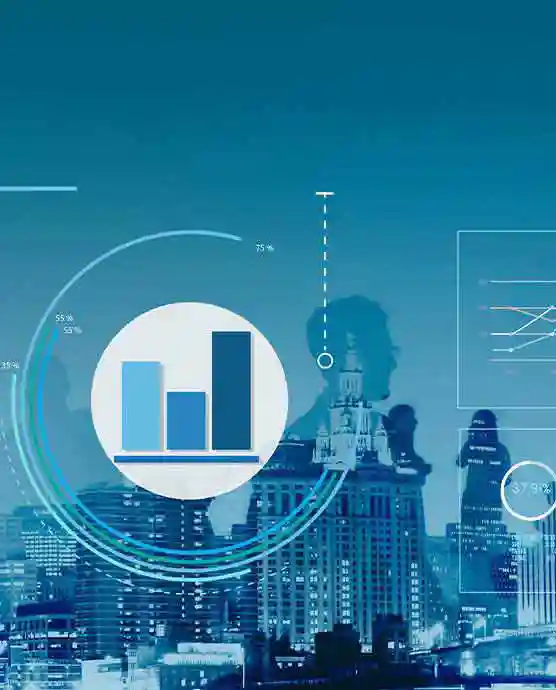
Historically, as organizations grew, many products were used to perform Data Analytics and Business Intelligence reporting over years or decades.
Legacy products refer to products that have been in the market for an extended period and have often been replaced or succeeded by newer versions or alternatives. Some customers may still use these products, but they are no longer actively developed, updated, or supported by the manufacturer or vendor.
eliminates business risks


Since the legacy system may contain time-tested valuable business logic and embedded processes, keeping it in the business interests is vital. Still, we need to move it to newer systems to avoid the legacy system risks such as security vulnerability.
The challenge is understanding and porting the old system to newer business Intelligence tools.


Our customers have switched to many new business Intelligence reporting tools. Our team has worked alongside the customer teams to identify valuable reports and dashboards for customers to retain and performed automated migration to new Business Intelligence tools.
Measurable Impact
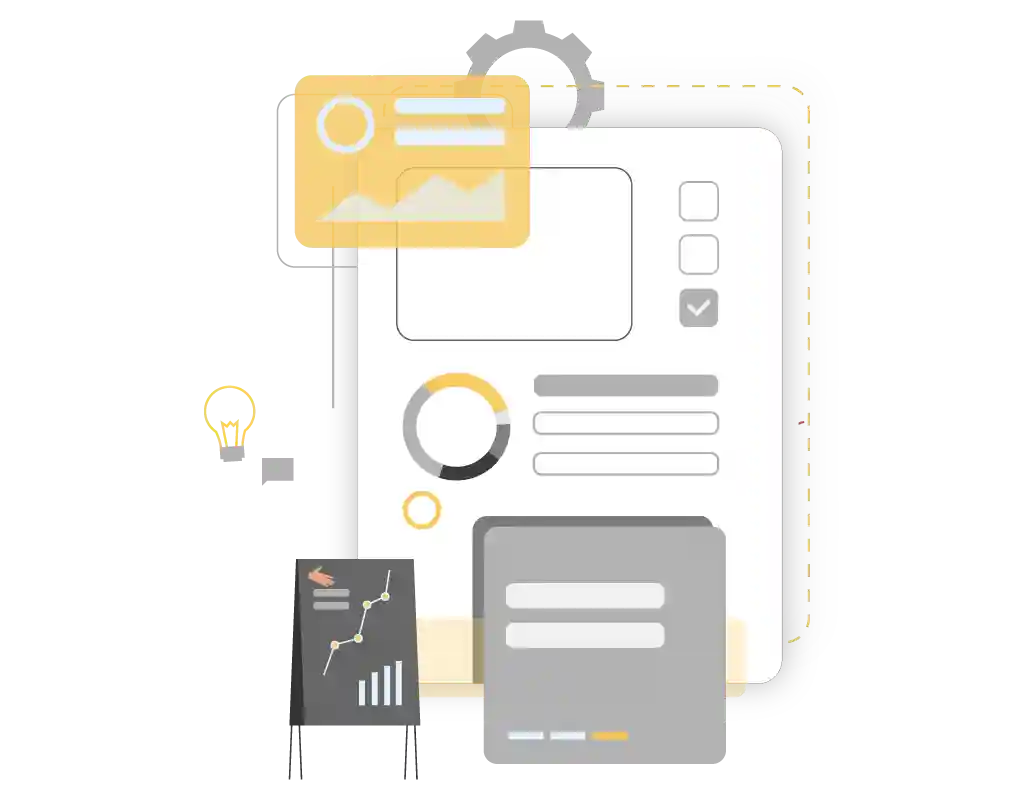

Many corporations of all sizes, Government departments, Non-profit organizations, Universities at National and regional levels, Medical Institutions, etc., constantly review the need for Data Analytics and Business Intelligence reporting and identify improvement areas.
The automation tool rapidly performs the lift and shift from legacy to newer systems. It delivers the best cost/benefit ratio.
Automate lift and shift
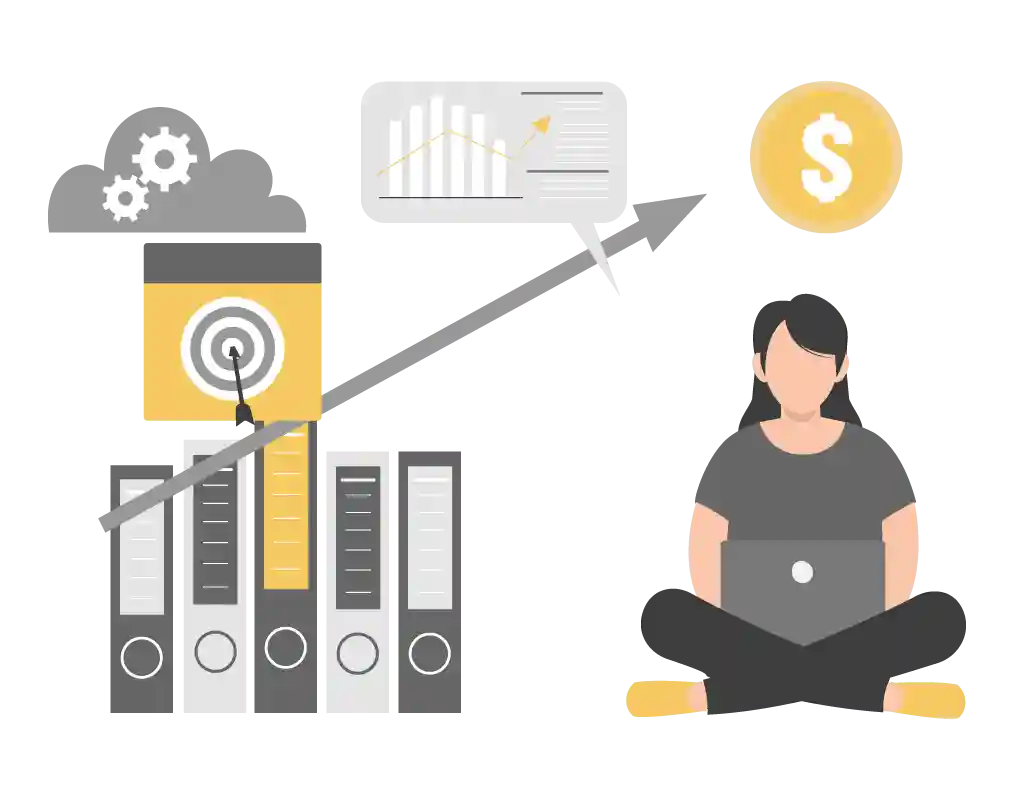
Our solutions are continuously updated to meet our customers' evolving requirements and product trends.
Automation Tool
Automation tools are a critical component of our service, and we use them to rapidly migrate all reports and dashboards into new systems.
Wondering what to migrate? Our rationalization tool analyzes duplications, logic, usability, providing a curated startup list for migration.
Automated test systems compare outputs in many formats, and the look and feel of the reports and business logic are used to make sure accuracy and speed are guaranteed
Our automation deployment tool helps deploy reports and dashboards in various customer systems as needed. It delivers consistency and accuracy.

The metadata layer in Business Intelligence tools bridges complex, raw data sources and user-friendly interfaces, making data more accessible, understandable, and governed within the Business Intelligence environment. It enhances BI systems' overall usability and value by simplifying data access and ensuring data quality and security.
The Oracle Business Intelligence metadata layer is called the RPD file (Repository Database), and the SAP metadata layer is called the Universe file. All Popular BI tools include metadata layers or semantic layers. It acts as an intermediary or abstraction layer between the raw data sources and the end-user interface, such as dashboards, reports, and queries.
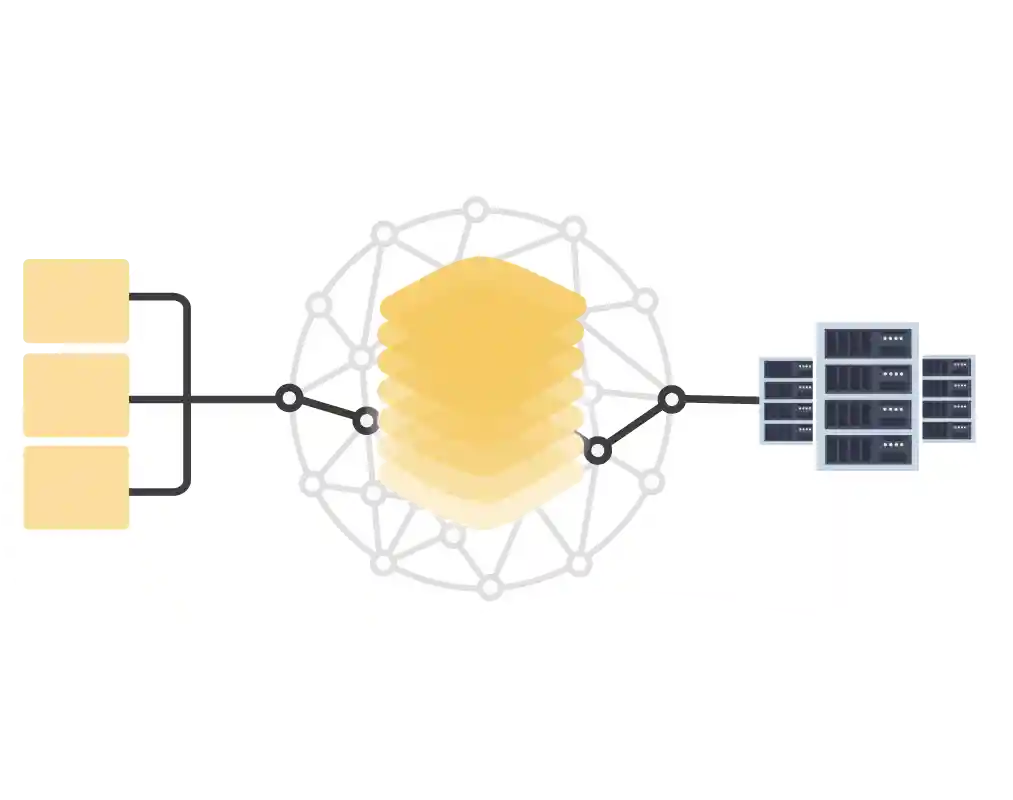
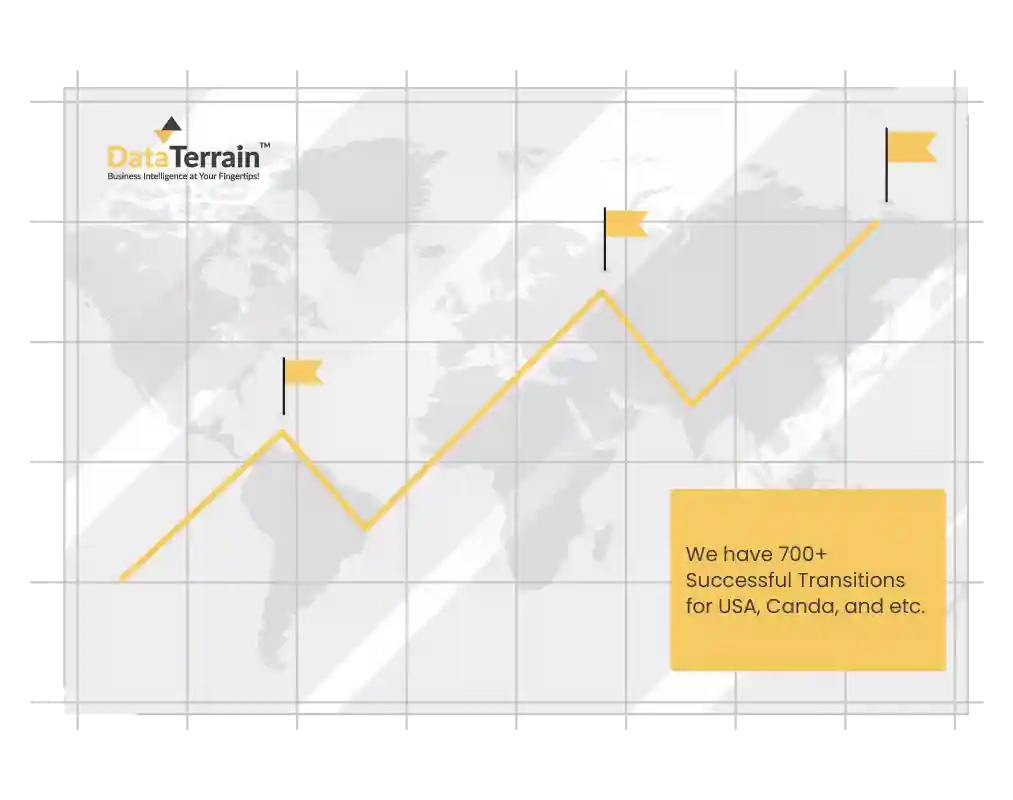
Transporting the metadata layer from legacy platforms to newer systems poses various challenges. Our automation tools deliver rapid transitions from legacy environments to newer systems. We have delivered results for 700+ clients(36,000 objects) based on multi-tenant metadata files with unparalleled speed and accuracy.
connect with dataterrain
The metadata layer abstracts the underlying complexity of the data sources, which may include multiple databases, tables, or even data warehouses. Users interact with the metadata layer instead of directly interacting with these sources.
Within the metadata layer, data is often modeled and transformed to provide a unified view of the data. This may involve creating data models, defining table relationships, and applying calculations or transformations.
The metadata layer adds a semantic layer on top of the raw data, allowing users to interact with data using business-friendly terms and concepts. It enables non-technical users to query data more intuitively and by drag and drop method.
The metadata layer is crucial in enforcing data governance policies. It helps ensure data quality, security, and compliance by providing a centralized point for managing metadata and access controls.
It meticulously tracks the data lineage, offering a comprehensive view of its origins, transformations, and utilization. This transparency is a valuable resource for data auditing and troubleshooting processes.
The metadata layer can optimize performance by generating efficient SQL queries based on user interactions. Caching and query optimization techniques can be applied to enhance responsiveness.
The metadata layer often incorporates security features, allowing administrators to control who has access to specific data elements, reports, or dashboards, helping to protect sensitive data.
The metadata layer seamlessly integrates data from diverse sources, encompassing databases, spreadsheets, cloud services, & APIs, creating a unified view through the metadata layer.
One of the primary benefits of the metadata layer is that it simplifies the user experience. Business users can access and work with data without understanding the technical details of storage and retrieval.
We provide End-to-end project management from its planning phase to its completion and closure. This approach ensures that every aspect of the project, from its inception to its final delivery, is effectively managed to meet its objectives and achieve success.
streamlined project management




The project's purpose, scope, objectives, and stakeholders are identified and defined. The initial project plan is created, and approval or funding is obtained.
Detailed planning includes defining tasks, creating schedules, allocating resources, setting budgets, and identifying risks and mitigation strategies.
The project plan is put into action. Tasks are executed, teams are managed, and resources are allocated to accomplish project goals.
Progress and performance are continuously tracked against the project plan. Adjustments are made as needed to ensure the project stays on course. This phase is essential for quality control, issue management, and risk monitoring.
Effective communication with stakeholders is maintained throughout the project to ensure that expectations are met and any changes are well understood.
Risks are identified, assessed, and managed throughout the project to mitigate potential issues that could impact success.
Changes in project scope, objectives, or requirements are carefully evaluated, and their impact on the project is managed to avoid scope creep.
Resources, including personnel, materials, and equipment, are efficiently allocated and managed to meet project demands.
Quality standards are defined and monitored to ensure the project's deliverables meet the required quality criteria.
The project is formally closed, and all deliverables are reviewed and accepted. Documentation and lessons learned are collected, and final reports are generated.
A post-project review is conducted to assess the project's success, identify areas for improvement, and capture lessons learned for future projects.
Comprehensive documentation is maintained throughout the project, including project plans, reports, and records of decisions and changes.
Continuous engagement with stakeholders ensures that their needs, expectations, and feedback are considered throughout the project lifecycle.
After project completion, the organization analyzes the project's performance and outcomes to identify ways to improve future project management processes.
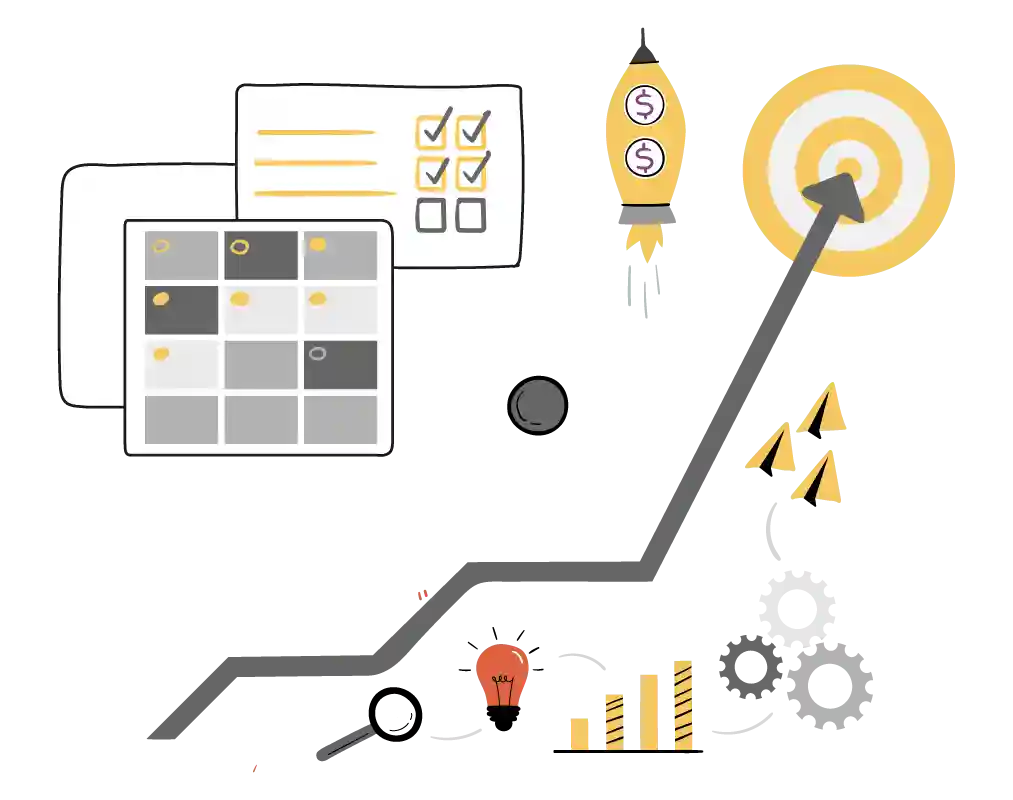
Effective, comprehensive oversight and project management control ensures that projects are completed on time, within budget, and with the desired quality while meeting stakeholder expectations. Our experienced team is set to deliver leadership, communication, and organizational skills to coordinate various project elements and stakeholders effectively.
Steadfast commitment to completion

All our projects have a fixed price guarantee for every report or dashboard migrated to the newer system, so we do not exceed the cost and time!
It is a comprehensive service to convert each report or dashboard to a newer system, validate, and deploy in the latest system.
Explore how our Automated BI Report Conversion and Migration Service revolutionized data analytics, improved operational efficiency, and yielded significant results.
View Detailed Case Study